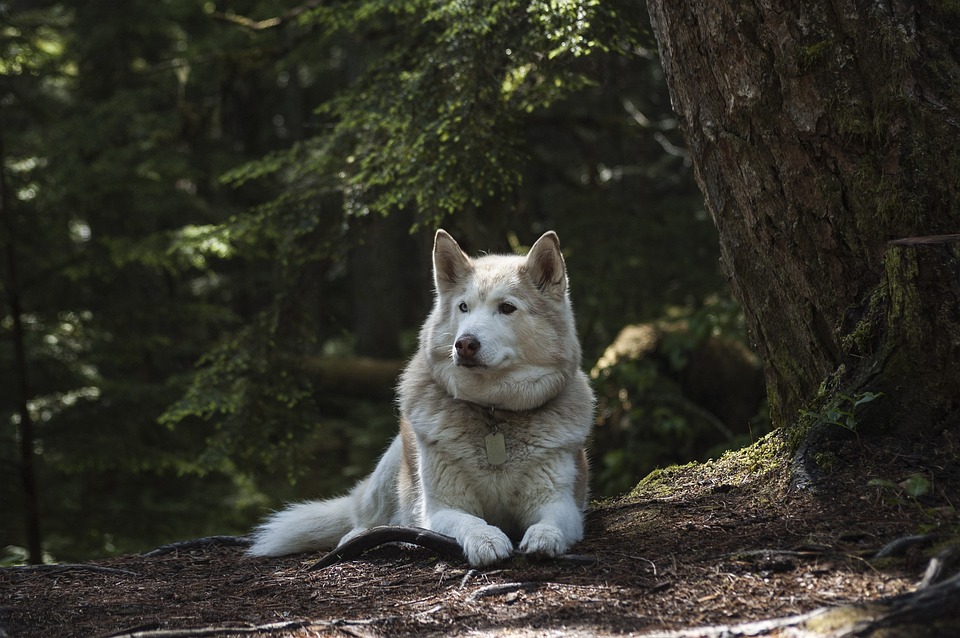Taking care of your furry friend’s sensitive skin can be challenging, but with the right approach and regular grooming routine, you can keep your canine companion clean, comfortable, and happy. In this article, we will explore the importance of regular cleaning and grooming for dogs with sensitive skin, as well as provide you with some expert tips and techniques to ensure your dog’s skin stays healthy and irritant-free.
I. Understanding the Importance of Regular Cleaning and Grooming
Sensitive skin in dogs can be caused by various factors such as allergies, genetic predispositions, or underlying health conditions. Regardless of the cause, regular cleaning and grooming are essential to maintain your dog’s skin health and overall well-being.
1. Preventing Skin Irritations and Infections: Regular cleaning helps remove dirt, allergens, and irritants that can accumulate on your dog’s skin, reducing the risk of skin irritations and infections.
2. Managing Allergies: Dogs with sensitive skin are often prone to allergies. Grooming helps eliminate potential allergens, reducing your dog’s exposure and minimizing allergic reactions.
3. Maintaining Coat Health: Regular grooming promotes a healthy coat by removing excess hair, preventing matting, and distributing natural oils, which can help protect the skin and prevent dryness.
4. Bonding and Behavioral Benefits: Grooming sessions provide an excellent opportunity to strengthen the bond between you and your dog while also promoting relaxation and reducing anxiety.
II. Essential Tips and Techniques for Cleaning and Grooming Dogs with Sensitive Skin
When it comes to cleaning and grooming dogs with sensitive skin, a gentle approach and suitable products are crucial. Follow these expert tips and techniques to ensure a safe and effective grooming routine for your furry companion.
1. Choosing the Right Products: Opt for hypoallergenic and fragrance-free grooming products specifically formulated for sensitive skin. Avoid harsh chemicals, artificial fragrances, and dyes that can further irritate your dog’s skin.
2. Brushing and Combing: Regular brushing helps remove loose hair, dirt, and debris, preventing matting and reducing the risk of skin irritations. Use a soft-bristle brush or a grooming glove for gentle and effective grooming.
3. Bathing Techniques: Use lukewarm water and a mild, hypoallergenic shampoo to avoid drying out your dog’s skin. Gently massage the shampoo into the coat, paying extra attention to sensitive areas. Rinse thoroughly to remove all traces of shampoo.
4. Drying Carefully: After bathing, pat your dog’s coat dry with a soft towel instead of rubbing vigorously. Excessive rubbing can cause skin irritation and damage. If using a blow dryer, opt for the lowest heat setting and keep it at a safe distance from your dog’s skin.
5. Trimming Nails: Overgrown nails can be uncomfortable for dogs, potentially leading to skin irritation and difficulty walking. Regularly trim your dog’s nails using proper nail clippers or seek professional help if you’re not confident in doing it yourself.
6. Ear and Dental Care: Don’t forget about your dog’s ears and teeth! Clean their ears with a veterinarian-approved ear cleaner using a cotton ball, and regularly brush their teeth with a dog-friendly toothpaste and toothbrush.
FAQs: Common Concerns about Cleaning and Grooming Dogs with Sensitive Skin
Q1: How often should I bathe my dog with sensitive skin?
A: It’s generally recommended to bathe dogs with sensitive skin no more than once every 4-6 weeks unless instructed otherwise by your veterinarian. Over-bathing can strip their skin of essential oils and exacerbate dryness.
Q2: Can I use human grooming products on my dog?
A: No, it’s not advisable. Human grooming products may contain ingredients that are harmful to dogs or disrupt their skin pH balance. Always choose products specifically formulated for dogs.
Q3: My dog gets anxious during grooming sessions. What can I do?
A: Introduce grooming gradually and ensure a calm environment. Use positive reinforcement, treats, and short sessions to help your dog associate grooming with positive experiences. If severe anxiety persists, consult a professional dog groomer or a veterinarian.
Q4: Can I use home remedies for my dog’s sensitive skin?
A: It’s best to consult with your veterinarian before using any home remedies. What works for one dog may not be suitable for another, and some natural ingredients can cause allergic reactions or other complications.
Remember, if you notice any persistent skin issues or changes in your dog’s behavior, consult a veterinarian for proper diagnosis and treatment.
By following these guidelines, you can provide the best care for your dog’s sensitive skin, ensuring their comfort and well-being. Regular cleaning and grooming will keep your furry friend looking and feeling their best, promoting a healthy and happy life together.









